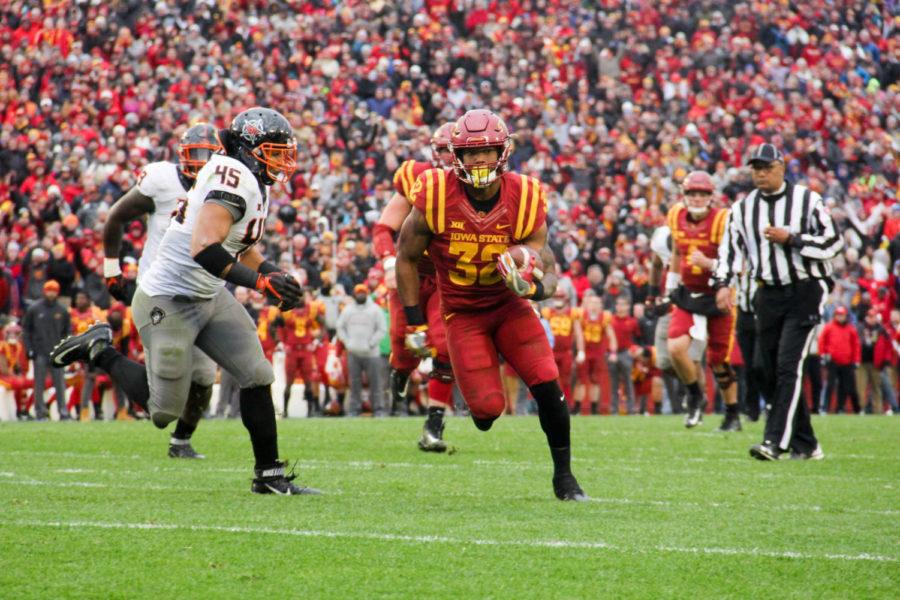LETTER: Armed pilots will prevent hijacking
February 25, 2003
This letter is in response to Tim Kearns’ Feb. 24 column “Arming pilots not the best idea.”
Mr. Kearns seems to think that the only purpose in allowing pilots to have guns on board is “to marginally limit the danger of terrorists flying planes into buildings.”
Mr. Kearns, your readers are smart enough to know that the purpose of arming pilots extends far beyond that.
It is a precaution against anyone who attempts to take control of an aircraft by force, regardless of what they plan to do with the plane once they’ve killed the pilots.
Obviously, we hope not only to stop hijackers in the air but deter them from trying altogether.
Apparently many terrorists aren’t afraid of dying in action, but if they don’t think their mission can succeed, they won’t even try.
Even if a terrorist does make it through security and aboard the plane with a weapon, and somehow breaks through the locked and reinforced cockpit door, he still knows he must face a man with a gun (in many cases a combat-trained ex-military officer) for control of the aircraft.
Mr. Kearns’ suggestion to “give pilots fake guns as a deterrent” can’t be taken seriously. Fake guns aren’t a deterrent. The deterrent effect hinges on the terrorists’ knowledge that pilots have a deadly weapon that will thwart the mission. ÿ
Of course there is a risk in firing a gun inside a pressurized cabin. Although the likelihood of small arms causing enough damage to bring down the aircraft is very small, it is an understandable concern.
There is ammunition in development that is designed to disintegrate on impact with a hard object. This type of bullet retains its lethality while virtually eliminating the risk of causing damage to the aircraft. Sorry, Mr. Kearns, but the odds of your favorite scene from “Goldfinger” happening in real life aren’t as great as you’d have us believe.
Mark Wilson
Junior
Aerospace Engineering






